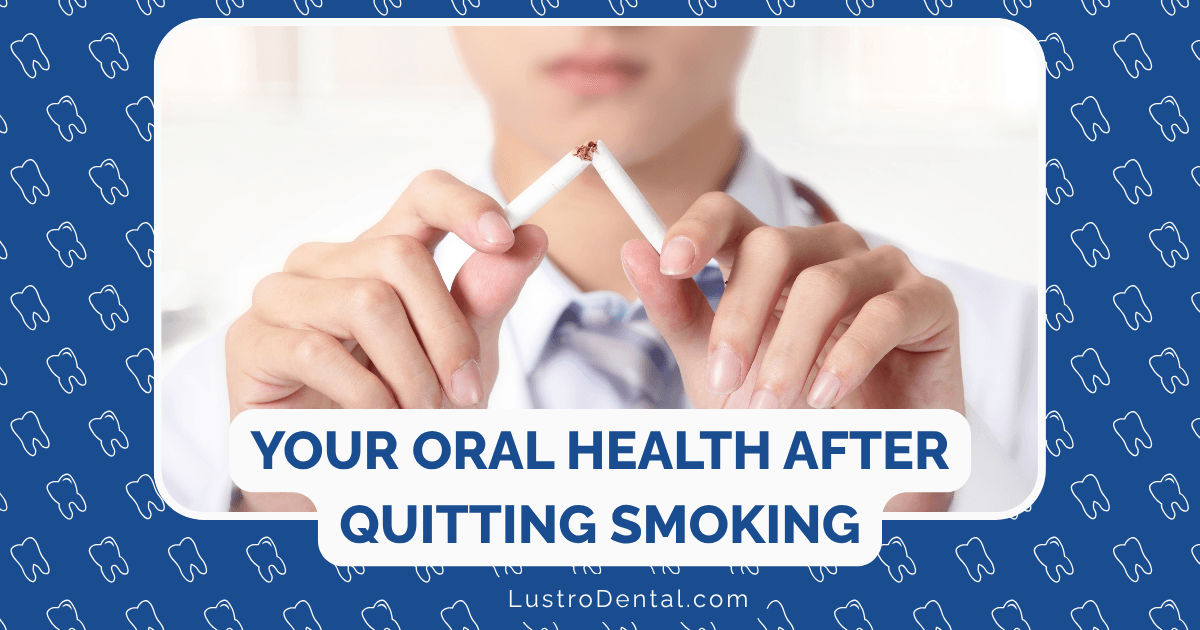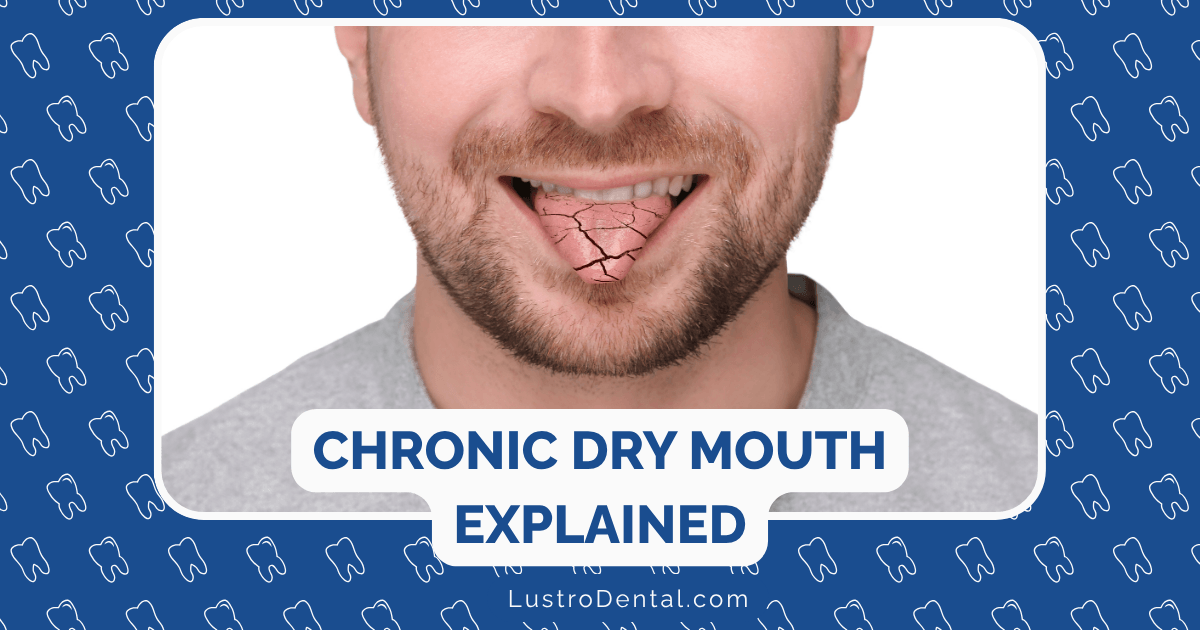The Dental Timeline After Quitting: How Your Mouth Recovers

Quitting smoking is one of the most impactful health decisions you can make. While most people focus on the benefits to lungs and heart, your mouth undergoes a remarkable transformation too. Let’s break down the day-by-day, month-by-month recovery timeline your mouth experiences after you crush that last cigarette.
The First 48 Hours: Immediate Changes
The healing begins faster than you might think. Within just 48 hours of quitting, your body has already started the repair process:
- Carbon monoxide levels drop to normal: This toxic gas from cigarettes decreases oxygen in your blood, affecting your gums and oral tissues. As levels normalize, better oxygen flow to your mouth begins the healing process.
- Taste buds wake up: Many ex-smokers report a surprising enhancement in taste sensitivity within just 2 days. Those taste buds that were dulled by chemicals? They’re coming back online, making food more enjoyable again. According to Miami Valley Smiles, this heightened sense can be one of the first noticeable benefits.
- Breath improvement begins: That persistent smoker’s breath starts fading, though the full effect takes a bit longer.
The First Week: Challenging But Rewarding
The first week can be tough as your body adjusts to life without nicotine, but your mouth is already thanking you:
- Gum sensitivity changes: Some quitters notice their gums feel different – sometimes more sensitive as circulation improves. This isn’t a step backward; it’s actually your body recalibrating to normal.
- Saliva production normalizes: Smoking disrupts saliva flow, which is crucial for neutralizing acids and protecting teeth. As production returns to normal levels, your mouth gains better natural protection against decay.
One Month In: Visible Improvements
By the one-month mark, you’ll likely notice some visible changes:
- Gum inflammation decreases: The angry red appearance of gums begins to subside as inflammation reduces. Gums that bled easily while brushing may show improvement.
- Bad breath continues improving: As bacterial balance in the mouth normalizes and saliva flow improves, chronic bad breath diminishes significantly.
- Tooth staining stops progressing: While existing stains won’t disappear on their own, you’ve stopped adding new discoloration. According to the Dental Health Foundation, this is when many ex-smokers consider professional whitening treatments with better chances of success.
Three to Six Months: The Healing Deepens
The half-year mark brings more substantial improvements:
- Circulation fully recovers: Blood flow to gum tissues reaches optimal levels, bringing oxygen and nutrients needed for repair.
- Immune response improves: Your body becomes better equipped to fight off oral infections and gum disease. Research shows the immune cells in your mouth become more effective defenders.
- Reduced pocket depths: If you had periodontal pockets (spaces between teeth and gums), dental professionals might notice measurable improvements during checkups.
One Year Milestone: Major Progress
Congratulations on making it a year! Your mouth has undergone significant healing:
- Risk of gum disease drops substantially: According to the American Cancer Society, your risk factors for periodontal disease have decreased dramatically.
- Tooth stability improves: With healthier gums and bone, teeth that may have felt slightly loose due to periodontal issues often stabilize.
- Reduced inflammation throughout the mouth: The chronic inflammatory response triggered by smoking has subsided, creating a healthier environment for all oral tissues.
Five Years and Beyond: The Long-Term Rewards
The five-year mark represents a major turning point in your oral health recovery:
- Oral microbiome restoration: Groundbreaking research published in News Medical shows that after five years, the oral microbiome (the community of bacteria in your mouth) largely returns to that of someone who never smoked. This restoration of healthy bacteria is crucial for preventing disease.
- Cancer risk drops significantly: Your risk of oral and throat cancers is cut in half compared to continuing smokers – a statistic that continues to improve with each passing year.
- Smoker’s melanosis fades: Those dark patches on gums and oral tissues (smoker’s melanosis) typically disappear within 36 months but continue improving through year five.
Maximizing Your Mouth’s Recovery
While quitting alone triggers these improvements, you can accelerate and enhance your mouth’s healing:
Professional Dental Care
- Schedule a comprehensive exam: Let your dentist know you’ve quit smoking. They may recommend more frequent cleanings initially to address any existing issues.
- Consider professional whitening: After at least 3-6 months of quitting, professional whitening can be more effective on teeth previously stained by tobacco.
Home Care Upgrades
- Invest in quality oral care products: An electric toothbrush, water flosser, and alcohol-free mouthwash can help maintain the improvements you’re gaining.
- Stay hydrated: Drinking plenty of water helps maintain saliva production, which is essential for oral health.
- Monitor for changes: Be aware of any unusual spots, persistent sores, or changes in your mouth, and report them to your dentist promptly.
The Psychological Component
There’s also a psychological aspect to your oral health recovery:
- Improved confidence: As staining diminishes and breath improves, many ex-smokers report feeling more confident in close conversations.
- Positive reinforcement: Seeing and feeling the improvements in your mouth can provide powerful motivation to remain smoke-free.
- New oral habits: Many former smokers replace cigarette breaks with positive oral health practices, like quick brushing or rinsing after meals.
The Bottom Line
Your mouth’s recovery after quitting smoking follows a predictable timeline, with some benefits appearing within days and others continuing to develop over years. The process isn’t always linear—some people experience temporary increases in sensitivity or bleeding as circulation improves—but the trajectory is consistently positive.
Every day without cigarettes is another day your mouth can heal. Even long-term smokers see significant improvements, proving it’s never too late to quit and give your oral health a fresh start.
Have you noticed changes in your mouth since quitting smoking? Share your experience in the comments below!







